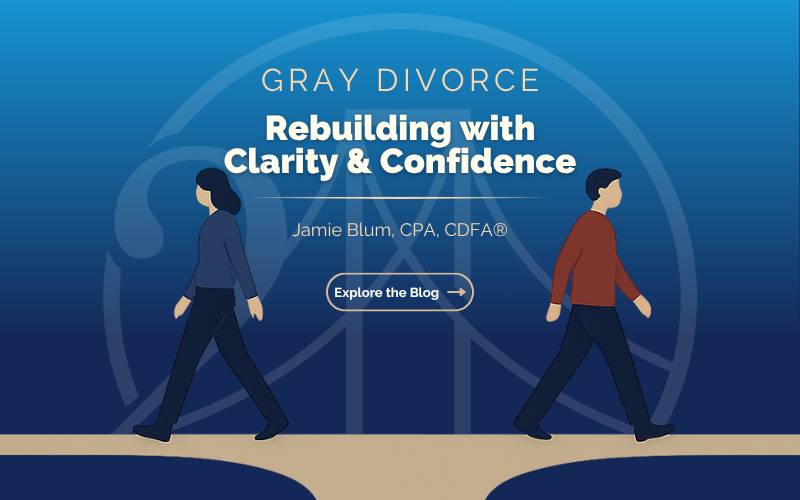Navigating 3 Marital Home Options in Divorce
Divorce is a life-altering event that often involves complex decisions, including what to do with the marital home. When faced with this dilemma, it’s important to understand the available options and carefully consider the financial and emotional implications. In this article, we will explore three common choices when it comes to the marital home in divorce.
Selling the Marital Home: One option is to sell the marital home and divide the proceeds between you and your spouse. Selling the house provides a clean break, allowing both parties to move forward with their lives. It ensures an equitable distribution of the home’s value, promoting financial fairness. Selling the marital home may be beneficial when neither spouse wants to retain ownership or when the household has significant emotional baggage. However, it’s essential to consider the potential impact on any children involved and the current real estate market conditions.
One Spouse Keeps the Marital Home: Another option is for one spouse to keep the marital home. In this scenario, one party retains ownership of the house while the other spouse receives their fair share of the home’s value through other assets or a buyout. Keeping the marital home can provide stability, particularly if there are children involved who would benefit from maintaining a familiar living environment. However, this option requires careful consideration of the long-term financial implications. The spouse retaining the home should assess their ability to afford the mortgage payments, property taxes, and ongoing maintenance costs on their own. In my own divorce, I carefully assessed these and bought out my ex-husband’s share of the marital equity in the house.
Co-Ownership or Deferred Sale: The third option is co-ownership or a deferred sale. This arrangement allows both spouses to retain joint ownership of the marital home for a specified period, typically until certain triggering events occur, such as the youngest child turning 18 or graduating from high school. Co-ownership provides stability for the children while allowing both parties to maintain a financial interest in the property. However, this option requires a high level of communication, cooperation, and a detailed agreement outlining the responsibilities and financial obligations of each party.
When considering the options with the marital home, it’s crucial to consult with professionals who can provide guidance tailored to your specific circumstances. A divorce financial analyst or a family law attorney with expertise in divorce settlements can help you navigate the financial aspects of each option. They can assess the current market value of the home, evaluate potential tax implications, and ensure a fair division of assets.
It’s important to weigh the emotional attachment to the home, the financial feasibility, and the impact on any children involved. Each option comes with its own set of considerations, and what works for one couple may not be suitable for another. Taking the time to carefully evaluate your options and seeking professional advice will help you make informed decisions that align with your long-term financial and personal goals.
In the end, the goal is to find a resolution that provides financial stability, emotional well-being, and a foundation for a new chapter in life. Remember, divorce is a challenging process, but with the right support and understanding of your options, you can navigate this transition with confidence and empowerment. We are here to support you; reach out with any questions.





